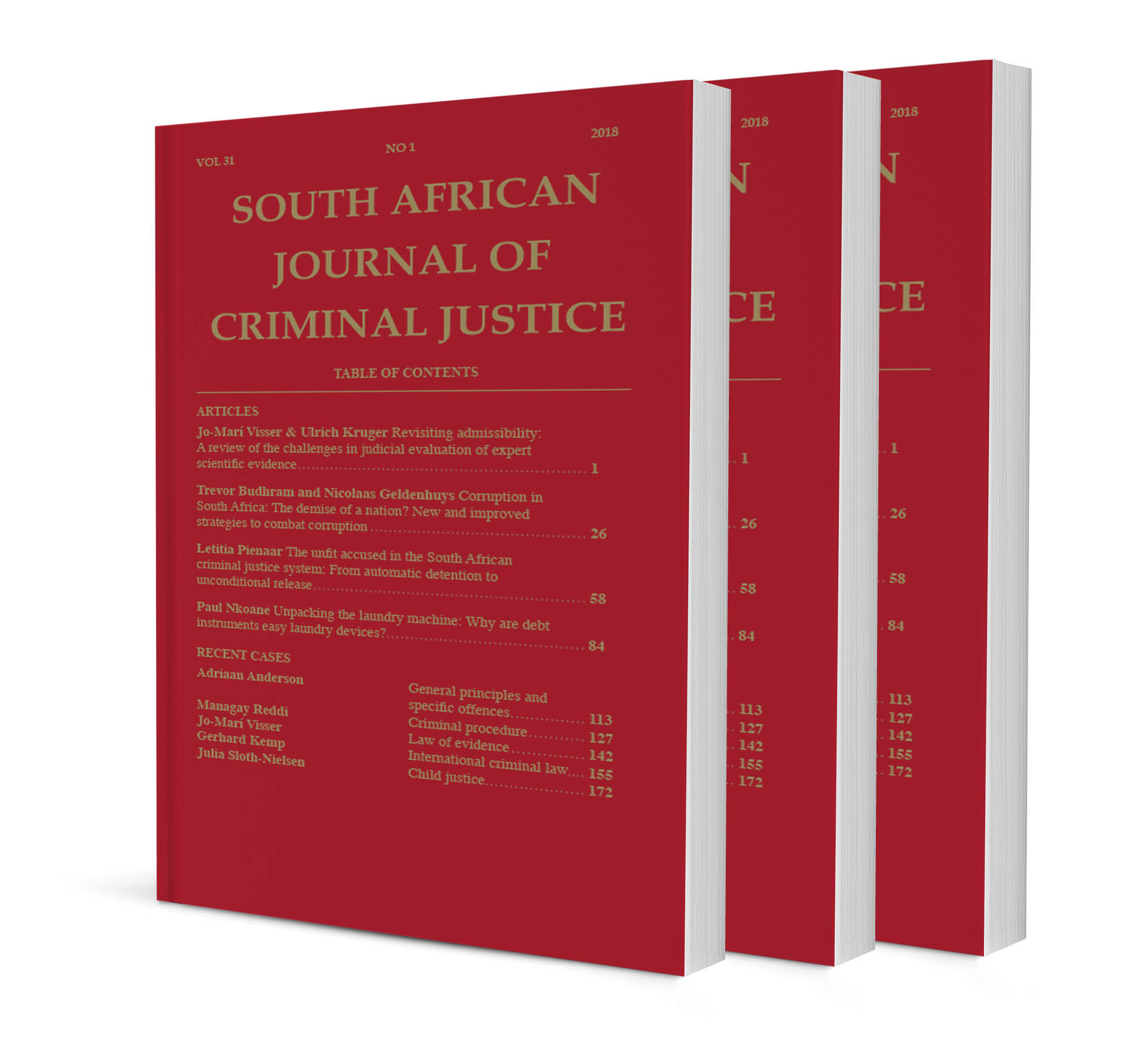
Cyber-warrant searches and the admissibility of seized smartphone data evidence at trial
Author: Constantine Theophilopoulos
ISSN: 1996-2118
Affiliations: BSc LLB (Wits) LLM LLD (SA); Associate Professor, Interim Director and supervising attorney, Law Clinic, University of the Witwatersrand
Source: South African Journal of Criminal Justice, Volume 36 Issue 2, p. 228 – 249
https://doi.org/10.47348/SACJ/v36/i2a3
Abstract
A validly issued cyber-warrant is a primary investigating tool in the seizure of smartphone data content and may be the only lawful method of obtaining relevant data-file evidence about the cyber-offence culpability of a co-perpetrator, accomplice, or accessory. A cyber-warrant for the seizure and search of a portable handheld smartphone, or minicomputer, must be drafted in a manner that is procedurally different from the warrant for the seizure of a desktop or laptop computer. This article critically examines the warrant procedures for accessing and searching relevant data files stored in a smartphone’s default storage mediums and downloaded applications. These technical procedures are described in the Cybercrimes Act, indirectly in the Electronic Communications and Transactions Act, the Criminal Procedure Act, and related Acts. This procedural analysis is based on a revised principle of smartphone cyber-intelligibility, and the application of the sub-principles of cyber-offence particularity and data-access specificity. The substantive issue of cyber-privacy and the procedural issue of chain-of-data evidence custody is briefly examined.